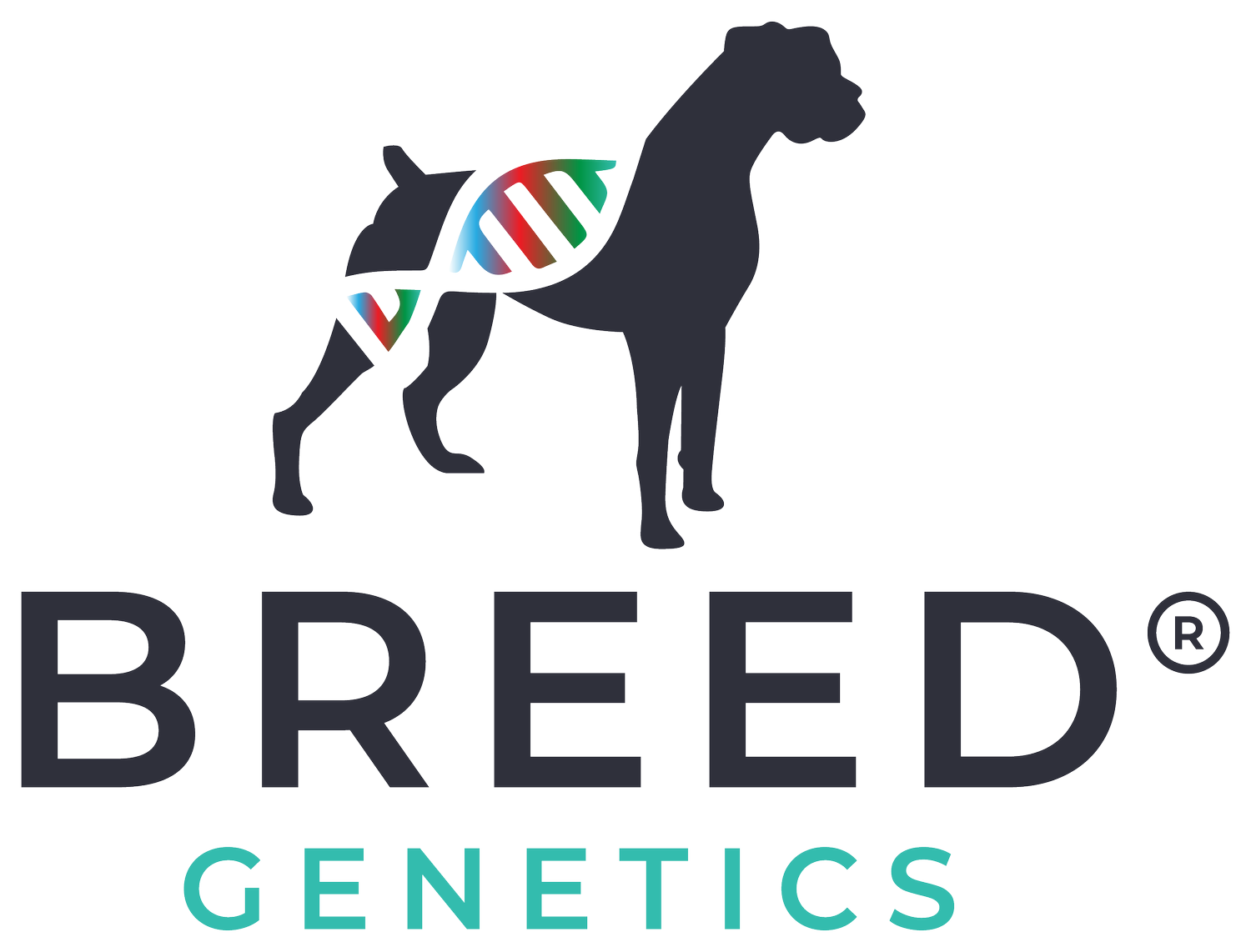Pulled Muscles in Dogs: How to Help Your Pooch Heal and Recovery
Humans get pulled muscles all the time, but believe it or not, it is just as common in dogs too.
As their best friend, it is important that you understand how to properly care for your pup when this happens. Luckily, we have a complete guide on how you can help your dog heal and recover.
Read on to find out more about pulled muscles in dogs!
How Do I Know if My Dog Has a Pulled Muscle
Luckily, the signs should be pretty obvious if your dog has a pulled muscle. It will be very similar to a human pulled muscle.
First and foremost, they will express pain in the area where the muscle is pulled. This area may be extremely sensitive to touch, so when you try to pet them, they may resist or cry out.
They may also limp in this area, depending on how great the pain is. Sometimes, a pulled muscle may be very minor, and you may not realize they have a pulled muscle.
Eventually, the pulled muscle will probably worsen and you will start to see symptoms. In some cases, however, the pulled muscle may heal by itself if it isn't bad.
What to Do if Your Dog Has a Pulled Muscle
If your dog is showing symptoms of a pulled muscle, the first step is to take them to the vet.
A vet can conduct a physical examination and x-rays to see what might be wrong. They will also be able to advise you on treatment depending on the severity of the pull.
It is important to never try and diagnose your dog yourself, as there could be a larger issue. A veterinarian is trained and equipped to handle these circumstances.
If your dog has a disease like arthritis, you may not even realize they have a pulled muscle and mistake their pain for the disease. That's why it's important to not assume a diagnosis and to take them to the vet regularly.
Your veterinarian may recommend physical therapy as treatment. They will need to rest for a while, but afterward, physical therapy may be the best option.
This will help mobilize the pulled muscle and provide gradual healing. If you don't have physical therapy, the pulled muscle may heal wrong and cause more issues for your precious friend.
In extreme cases, your dog may require surgery. Most of the time, however, this will not be the case and they can undergo a natural treatment plan.
Pain Relief for Pulled Muscles in Dogs
Even though physical therapy will provide healing, it is important to make sure your dog is comfortable with limited pain during the road to recovery. There are a few simple things you can do to help your dog.
Ice
Icing the injury will help prevent swelling and soothe some of their pain. Swelling can cause a lot of discomforts if it is getting in the way of them doing daily tasks. Icing it regularly can help reduce this.
Be sure to wrap the ice pack in a towel before placing it on the injury. You don't want to cause them more pain.
Heat
Heating is also a good way to promote healing and minimize pain. Heat can improve the blood flow to the injury and heal the pulled muscle quicker.
Make sure the heating pad is not too hot though. It is best to use a warm wet rag on the area since it will be sensitive.
Massage Therapy
Massaging the area can promote faster healing and provide more comfort to your dog. It may hurt at first, so be sure to use gentle movements until your dog is comfortable.
Massaging the area can also help improve mobility in the area too. This will make physical therapy much easier.
Anti-Inflammatory Supplements
Natural anti-inflammatory supplements can help speed up the recovery. This will help manage their pain as well and make the recovery more doable. Some people prefer not to use medication, and if that is the case, then a supplement may be the best option.
Be sure to consult your veterinarian before putting your dog on any anti-inflammatory agents, even though they are natural.
Body Brace
Your vet may recommend for the dog to wear a brace over their injury. During their resting period, this will help prevent them from moving it around too much. It will also encourage proper healing of the wound and support it.
A brace will ensure your dog doesn't reinjure themselves during healing, as this can be very common.
Rest
Most importantly, your dog will need to rest a lot as their injury heals. Physical therapy, when the time is right, will assist them in gaining mobility back. To ensure that the injury does not worsen though, they will need to have plenty of rest first.
It may be difficult if your dog wants to play and run around, but encourage them to rest and relax with you. Provide them a comfortable area where they can lay down that won't require them to jump to get on it.
It may be helpful to surround them with plenty of toys and treats that they can chew on while resting. This will keep them occupied and happy during their recovery.
Supporting Your Dog During Recovery
Pulled muscles in dogs are no laughing matter. Giving your dog the support they need is vital to their recovery. Be understanding of their wound and the help they will need. They may need more assistance from you during recovery and lots of love too.
At Breed Genetics, we offer supplements that can help your precious friend recover. Contact us today to see how our selection can help!

